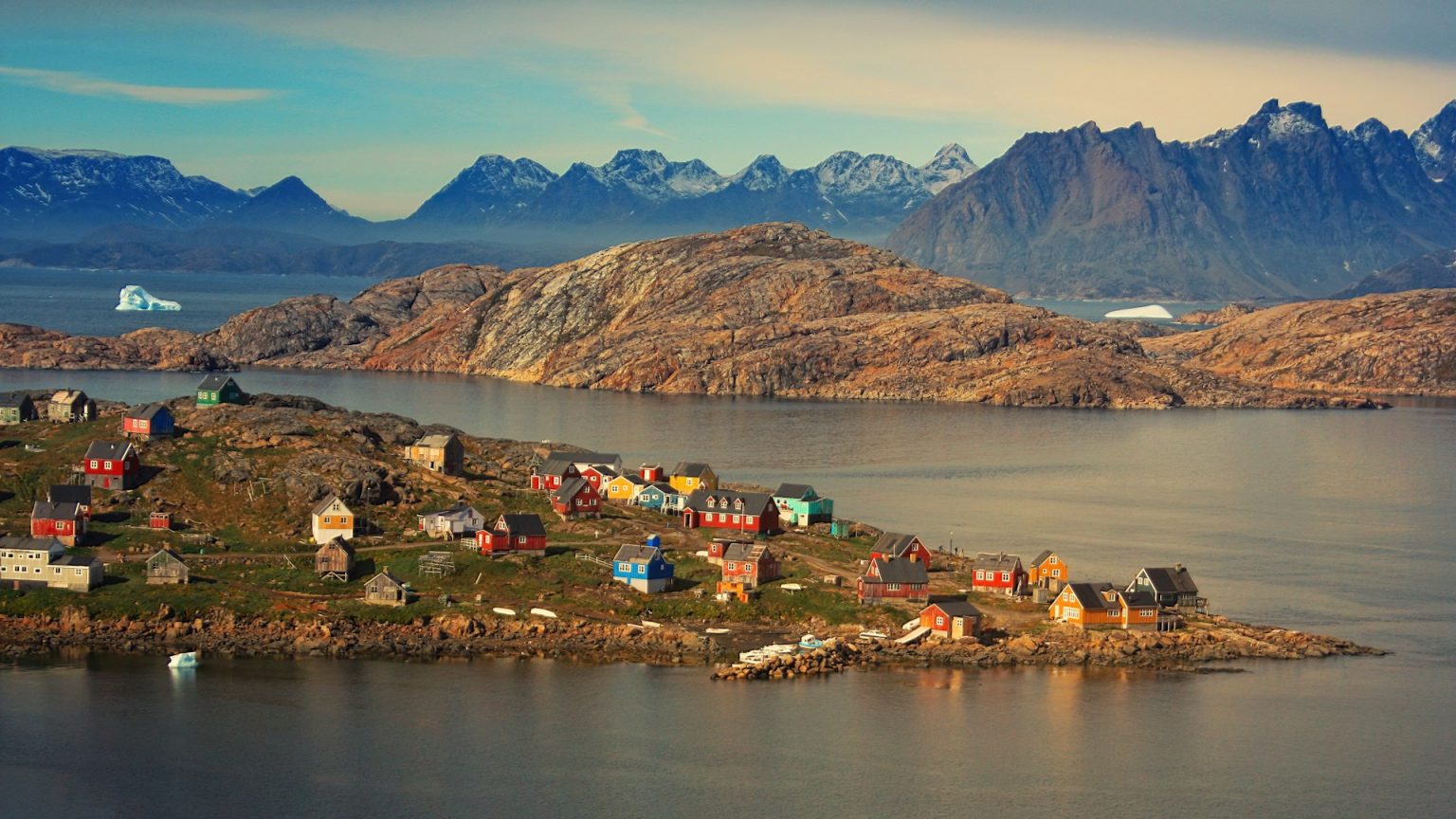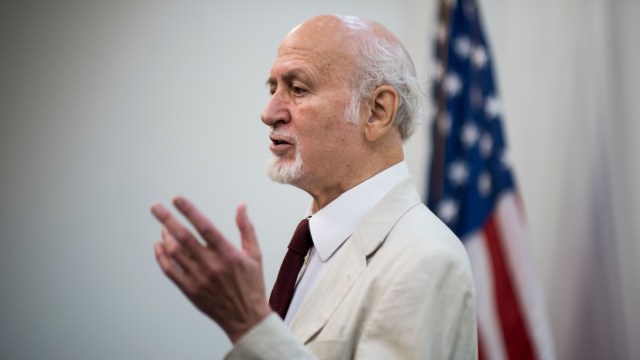Ending the “endless growth” fairytale needs moral clarity

Illustration by Julia Suits, author of The Extraordinary Catalog of Peculiar Inventions, and The New Yorker cartoonist.
- Greta Thunberg got it right, the "endless economic growth fairytale" covers up clearly wicked consequences.
- We're no longer in the same moral world where many of our smart abstract ideas (like "growth") were conceived. We face new material and moral constraints, and their logic requires "degrowth."
- We have all the tech we need to cope with the climate crisis right now. It's not a technology, it's a technique.
Is “endless economic growth” a fairytale, as Greta Thunberg warned the UN? Is “green growth” a good witch, or the old wicked one in pretty party-on disguise? Any “happily ever after” needs new material and “moral clarity” (and “degrowth”).
Economist Robert Frank says economic growth in rich nations will help voters make “sacrifices” for sustainability. He cites “loss aversion” studies, but they’re like the “marshmallow test” (see here) unreliably over-generalized. Abstractions like “growth” and “consumption” often hide this trade-off structure:
a) 4 flights this year, and your children suffer shorter lives, or
b) 2 flights and they breathe safer air for longer.
In concrete moral terms, higher consumption now often increases future burdens. We’re no longer in the old moral world where many of our popular “smart” abstract ideas (like “growth”) were conceived. Those that don’t fit now-known limits must be revamped. Frank advocates “green growth,” and that’s obviously better, but to use Thunberg’s our-house-is-on-fire metaphor, that’s only adding fuel more slowly. And it ignores very material realities.
Stopping climate change will pump trillions into the economy
In “Why Growth Can’t Be Green,” Jason Hickel recasts the concrete realities typically ignored in growth debates. We’re already extracting more of the Earth’s materials and life forms than we safely can (fish, forests, fuels, metals, etc). Planetary parameters enable ecological economists to calculate a sustainable material consumption rate, and the magic number is ~50 billion tons of resources per year. We’re at ~80 billion tons now (~160% of Earth-capacity). Usage varies greatly: rich nations devour 28 tons per person per year, ~1,400% higher than the ~2 tons per person per in poor nations. We’d need four Earth’s for all humans to consume like Americans. Hickel describes several studies showing that “even under the best conditions, absolute decoupling of GDP from resource use is not possible on a global scale.”
“Growth must end,” agrees Valcav Smil (his 500-page book analyzes every kind of growth). “Economists will tell you we can decouple growth from material consumption, but that is total nonsense.” He explains, “Relative decoupling… reductions in energy intensity and in the material requirements of individual products or entire economies… will continue. But absolute decoupling of economic growth from energy and materials on the global level… contradicts physical laws.” For instance, our 10-fold increase in crop yields needed a 90-fold increase in energy usage (for chemical fertilizers, without which ~2 billion fewer humans could be fed, and tractors etc). And while wind turbines are monuments to eco-action, they also embody masses of fossil-fuel-driven materials (concrete, steel, plastic). Renewable energy helps, but it doesn’t necessarily reduce or replace materials consumed. To be sustainable we’ve got to get to a steady state consumption of below 50 billion tons per year. That’s what “degrowth” and “postgrowth” mean.
In sacred-to-many-economists “growth” hides the idea that we can’t possibly live without every trinket. Or wear clothing more than 7 times. Whenever growth’s necessity is asserted, test the thinking against material practicalities. And discount reflex dismissals by economists (like this where Noah Smith says Smil reveals “spectacular, pugnacious ignorance,” and “doesn’t understand economic growth”).
Thunberg says extending the status quo given what we know “would be evil.” She has the “moral clarity” to see that every delay compounds the monetary and moral costs (whichever of those most moves you). To go on growth-chasing in business-as-usual mode is becoming our era’s “banal evil.” It knowingly increases mass scale suffering. Scientist David P. Barash calls this a Ponzi scheme—we gain by burdening all who come after (a legacy not of heirlooms, but heir-gloom).
I’ll end with two good-news takeaways.
a) Solving this doesn’t require “any new inventions” (Smil). We have all the tech we need right now. It’s not a technology, it’s a technique: the once-prized skill of self-restraint.
b) Much climate-cooking consumption isn’t needed for a “good” life (e.g. 40% of all food is wasted, and “fast fashion” is far from essential).
A great task of our times is to reimagine what a good-enough life means (in moral and material terms).





